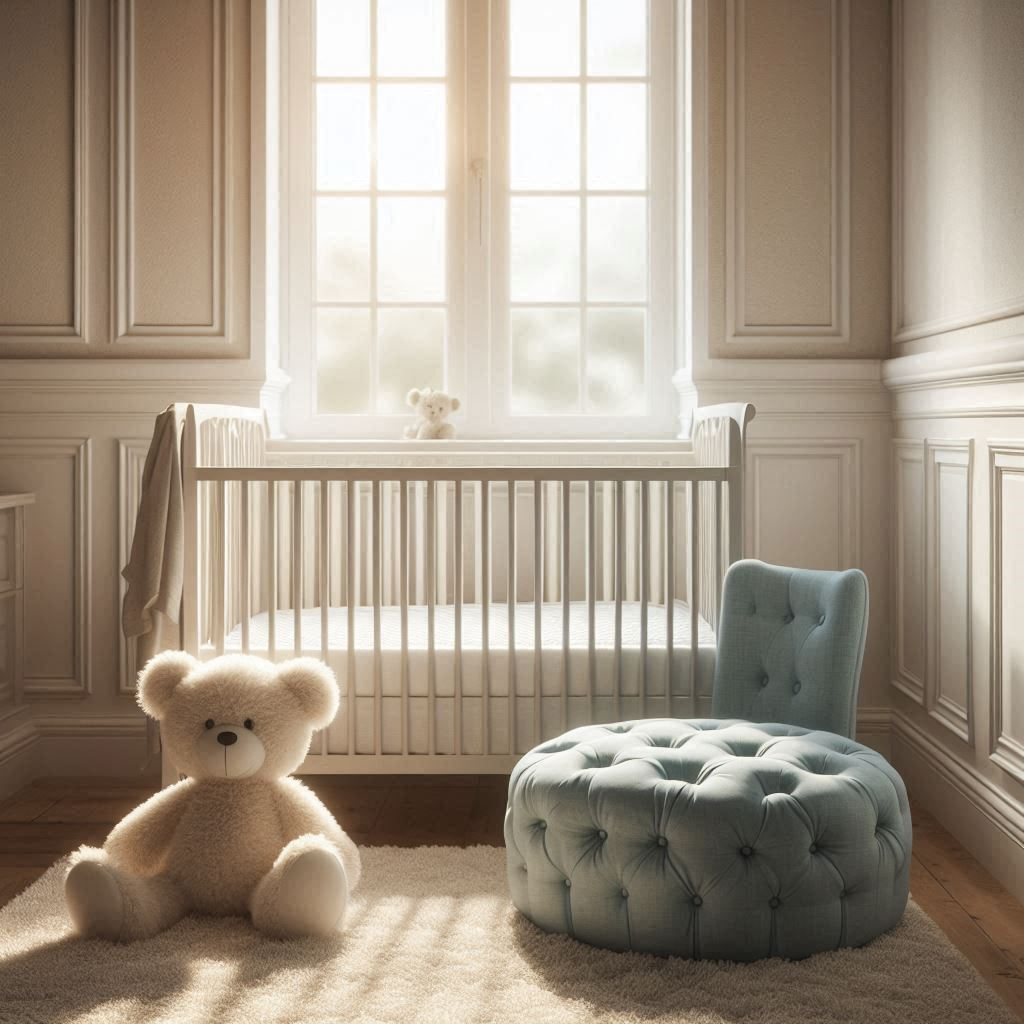When to Flip Infant Mattress
Becoming a parent comes with a lot of new responsibilities and decisions. One of these is knowing when to flip your baby’s mattress. This guide will help you understand everything you need to know about flipping infant mattresses, ensuring your little one sleeps soundly and safely.
Quick Answer
Generally, you should flip a dual-sided infant mattress from the firmer infant side to the softer toddler side when your baby is around 12 months old or when they start to move more and become heavier. Always check the manufacturer’s guidelines for specific recommendations.
Understanding Dual-Sided Crib Mattresses
Dual-sided crib mattresses are a smart choice for many parents. These mattresses have two different sides: a firmer side for infants and a softer side for toddlers. This design allows the mattress to “grow” with your child, adapting to their changing sleep needs.
Benefits of Dual-Sided Mattresses
- Cost-effective: You won’t need to buy a new mattress as your child grows
- Convenient: Saves you the hassle of shopping for and setting up a new mattress
- Eco-friendly: Reduces waste by extending the mattress’s usable life
When Should You Flip the Mattress?
Knowing when to flip your baby’s mattress is crucial for their comfort and development. Here are some key factors to consider:
1. Age and Development Milestones
Most parents flip the mattress when their baby is around 12 months old. At this age, babies typically:
- Start to move more in their sleep
- Become heavier, needing more cushioning
- May begin to stand or walk, changing their sleep positioning needs
2. Sleep Behavior Changes
Watch for these signs that might indicate it’s time to flip the mattress:
- Your baby seems uncomfortable or restless during sleep
- They’re waking up more often than usual
- You notice them trying to adjust their sleeping position frequently
3. Manufacturer’s Guidelines
Always check the specific recommendations for your mattress. Some manufacturers provide:
- Age-based guidelines
- Weight recommendations for flipping
- Specific care instructions that might affect timing
A Personal Touch: My Experience with Flipping the Mattress
I remember when my daughter, Lily, turned one. We’d been blessed with a good sleeper, but suddenly, she started waking up more often at night. At first, I thought it was just a phase. But after a week of disrupted sleep for all of us, I realized it might be time to flip her mattress.
“Honey, do you think we should try flipping Lily’s mattress?” I asked my partner one bleary-eyed morning.
“Is she old enough for that?” he replied, surprised.
“Well, she’s just turned one, and the package did say something about flipping around 12 months,” I mused.
We decided to give it a try that evening. The change was almost magical. Lily settled down faster and slept more soundly. It was a reminder that sometimes, small changes can make a big difference in a baby’s comfort and sleep quality.
Safety First: Important Considerations When Flipping
While flipping the mattress is a simple task, there are some crucial safety points to keep in mind:
- Fit: Ensure the mattress still fits snugly in the crib after flipping. There should be no gaps between the mattress and the crib sides.
- Cleanliness: Clean and dry the mattress thoroughly before flipping to prevent mold growth.
- Structural integrity: Check for any signs of wear or damage before and after flipping.
- Bedding: Make sure sheets and other bedding still fit properly on the flipped side.
Maintaining Your Baby’s Mattress
Proper maintenance can extend the life of your baby’s mattress and ensure it remains safe and comfortable:
Regular Inspections
- Check for sagging or dips in the surface
- Look for any tears or loose threads
- Ensure the mattress cover is intact and clean
Cleaning Routine
- Vacuum the mattress every two weeks to remove dust and allergens
- Spot clean any stains immediately with a mild soap and water solution
- Air out the mattress regularly in a well-ventilated area
Common Myths About Flipping Crib Mattresses
Let’s bust some common misconceptions about flipping baby mattresses:
Myth 1: You should flip the mattress every few months
Reality: Flipping too early can actually be harmful. The firm side is designed for infants for a reason – it provides necessary support and reduces SIDS risk.
Myth 2: All crib mattresses are dual-sided
Reality: Not all crib mattresses are dual-sided. Always check the product details before assuming you can flip your mattress.
Myth 3: You need to buy a new mattress for a toddler bed
Reality: Many dual-sided crib mattresses can be used in toddler beds, saving you money and hassle.
The Science Behind Baby Sleep Surfaces
Understanding why mattress firmness matters can help you make informed decisions about your baby’s sleep environment:
- Infant needs: Babies need a firm surface to reduce the risk of suffocation and support proper bone and muscle development.
- Toddler needs: As children grow, they can safely sleep on slightly softer surfaces that provide more comfort for their heavier bodies.
- Sleep quality: The right sleep surface can improve sleep duration and quality, which is crucial for a child’s growth and development.
Making the Transition: Tips for Success
When you decide it’s time to flip the mattress, here are some tips to make the transition smoother:
- Flip the mattress during the day, not right before bedtime.
- Keep your baby’s bedtime routine consistent to provide a sense of familiarity.
- Be patient – it might take a few nights for your child to adjust to the new surface.
- If your baby seems uncomfortable after a week, consult with your pediatrician.
When to Consider Replacing the Mattress
While dual-sided mattresses can last for several years, there are times when replacement is necessary:
- Visible sagging or permanent indentations
- Tears or holes in the mattress cover
- Strong odors that persist after cleaning
- Your child has outgrown the mattress size
Conclusion: Sleep Easy with the Right Knowledge
Knowing when to flip your infant’s mattress is an important part of ensuring your baby gets the best sleep possible. By understanding the signs that it’s time to flip, maintaining the mattress properly, and busting common myths, you can provide a safe and comfortable sleep environment for your little one as they grow.
Remember, every child is unique, so always trust your instincts and consult with your pediatrician if you have concerns. Here’s to many nights of peaceful sleep for both you and your baby!
What to do:
- Check your baby’s mattress label for specific flipping guidelines
- Mark your calendar for your baby’s first birthday as a potential flip date
- Start observing your baby’s sleep patterns as they approach one year old
- Prepare for the transition by having appropriate bedding ready for the toddler side
Sweet dreams to you and your little one!

Jessica Winter is a passionate parenting blogger with two years of experience guiding new and seasoned parents through the joys and challenges of raising babies. Her insightful posts blend personal anecdotes with expert advice to offer a warm and practical perspective on modern parenting.

